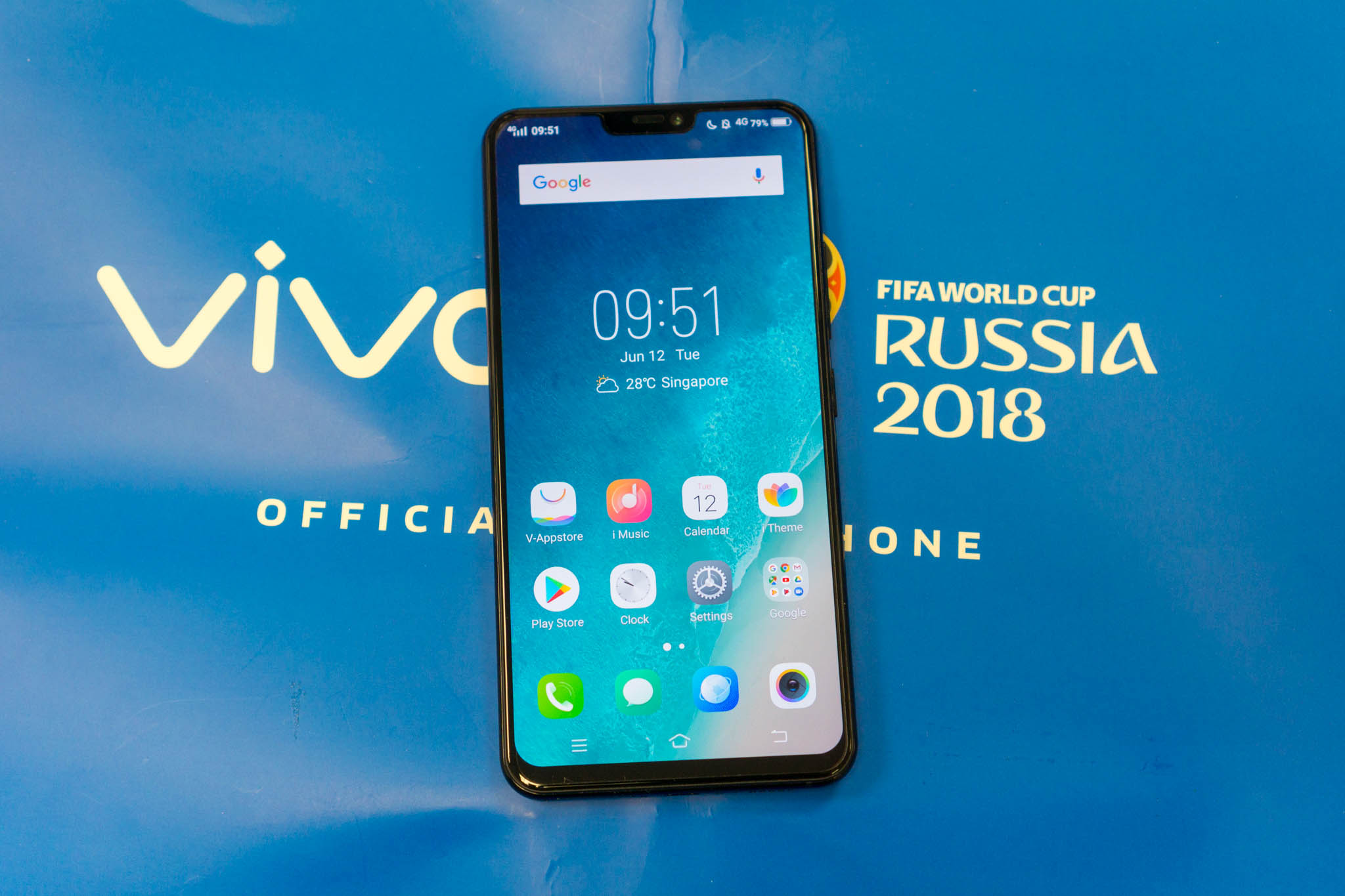
This may be the year of notches, 19:9 display aspect ratio, and AI cameras. But Vivo has something one-up over the competition. Their new X21 is not just all-screen, but it also has an in-display fingerprint reader, the technology that has thus far eluded both Apple and Samsung.
A prototype of the Vivo X21 with the world’s first in-display fingerprint reader was first shown at Mobile World Congress in Barcelona in February this year. It took many people by surprise, and I couldn’t wait to try it out when the smartphone finally arrives in its final retail form.
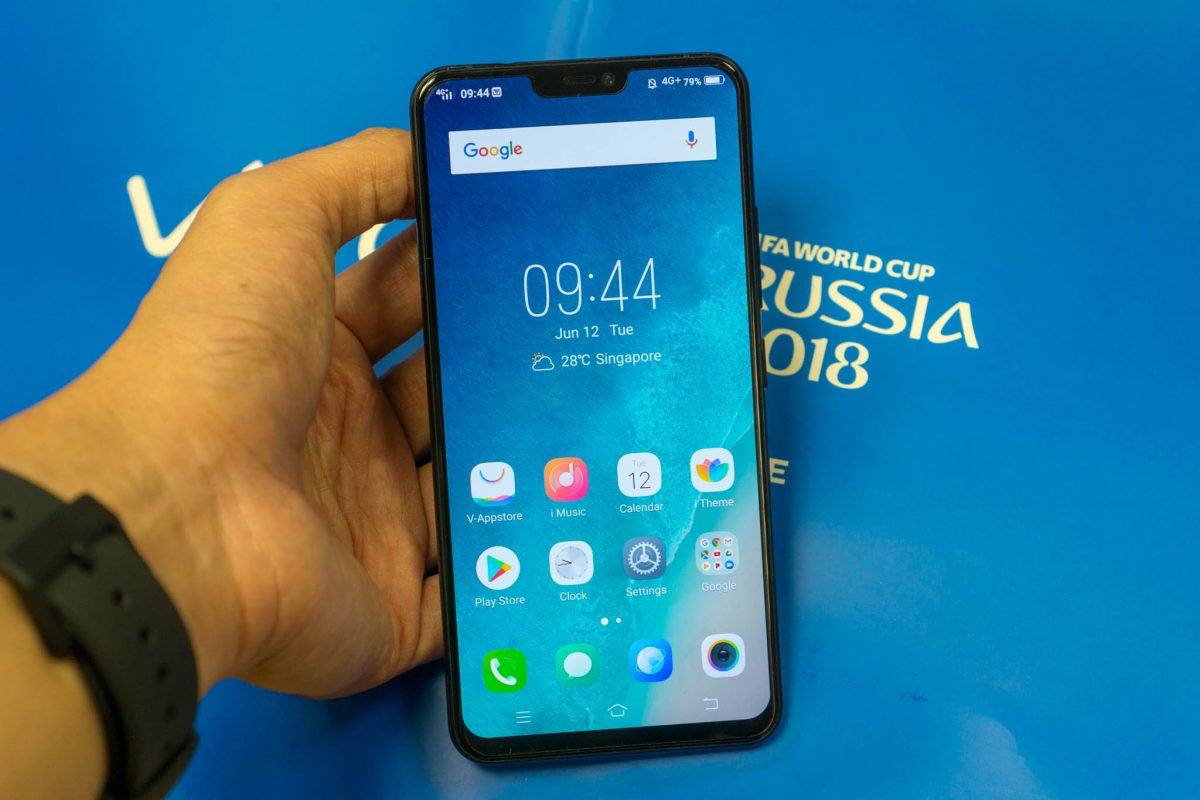
The X21 is the Chinese company’s latest flagship, and Singapore is the first country in Southeast Asia to retail the X21. If you can overlook its slightly not-so-top-end choice of processor, the Vivo X21 is an otherwise very premium smartphone.
With the in-display fingerprint sensor, the Vivo X21 can keep fingerprint unlocking to where it’s most convenient, yet offer an almost all-screen front, save for the mostly unavoidable notch, minimal screen bezels, and high screen-to-body ratio. You can’t see any sign of the fingerprint sensor, at least not until you pick up of wake up the X21 will a stylised icon get displayed over the sensor area to tell you where it is.
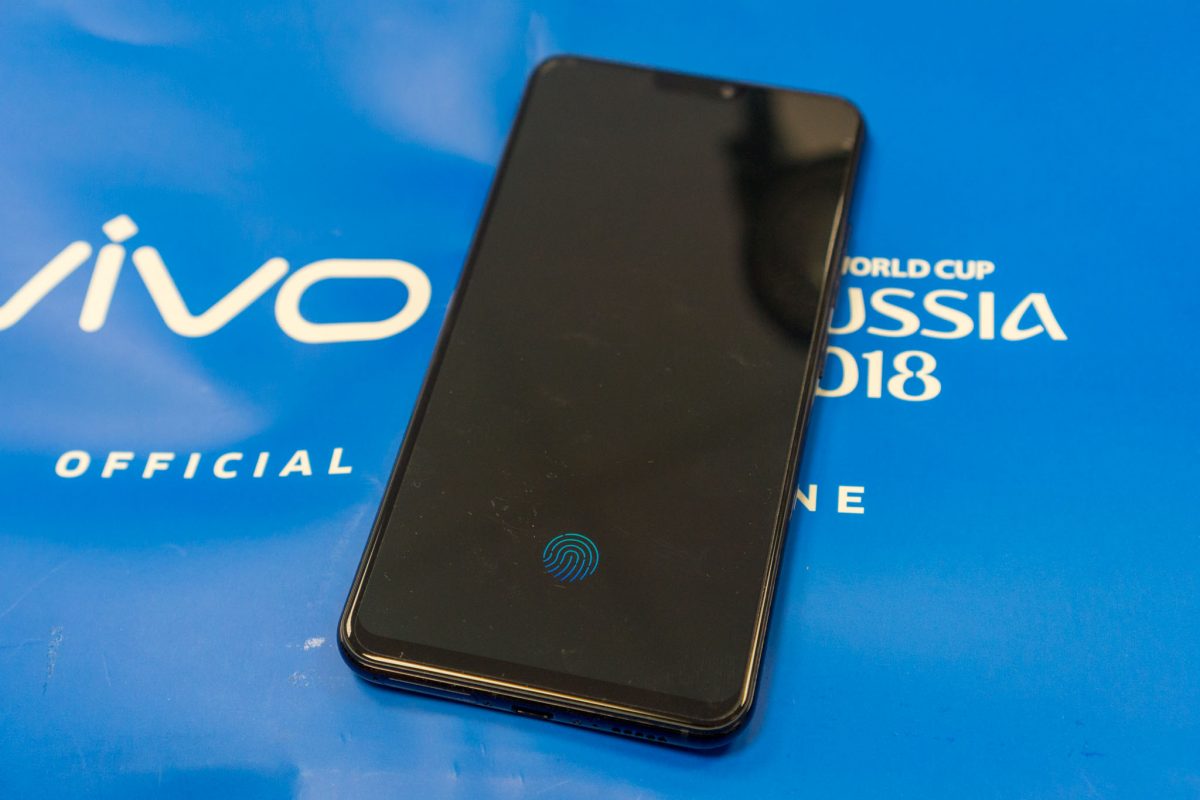
The in-display fingerprint sensor works, though it’s not as quick as traditional fingerprint sensors. Setting up seems to take longer, and apparently requires firmer pressure, apparently so that more surface area of the finger or thumb can get scanned. But once setup, it was really cool to be able to simply touch the screen to unlock the Vivo X21.
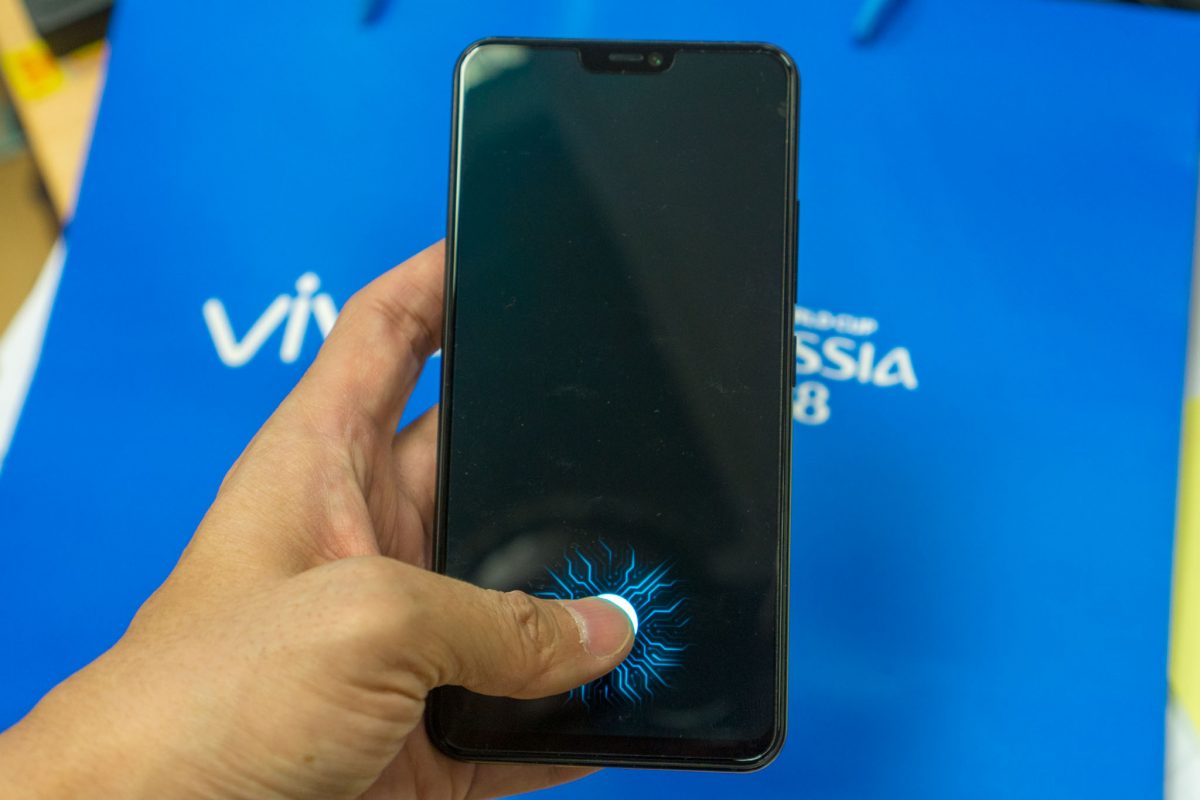
Despite having a very generous 6.28-inch screen, the Vivo X21 doesn’t feel like that big of a smartphone. It measures 154.5 x 74.8 x 7.4 mm, and weighs just 156.2 grams. The tapered sides make the Vivo X21 feel almost too thin. The X21 is all glass, including a nice curved glass on the back.
That Super AMOLED display on the front has a 19:9 aspect ratio. With a resolution of 1080 x 2280 pixels, the 6.28-inch display gets you a nice 402 ppi pixel density. The display is crisp and colours are vibrant. The notch at the top incorporates a speaker and front camera. The latter has 12 MP resolution and a f/2.0 lens.
The curved sides of the Vivo X21 are nice. The power button and volume rocker are on the right side of the device. These plasticky buttons don’t feel great, but they’re functional.
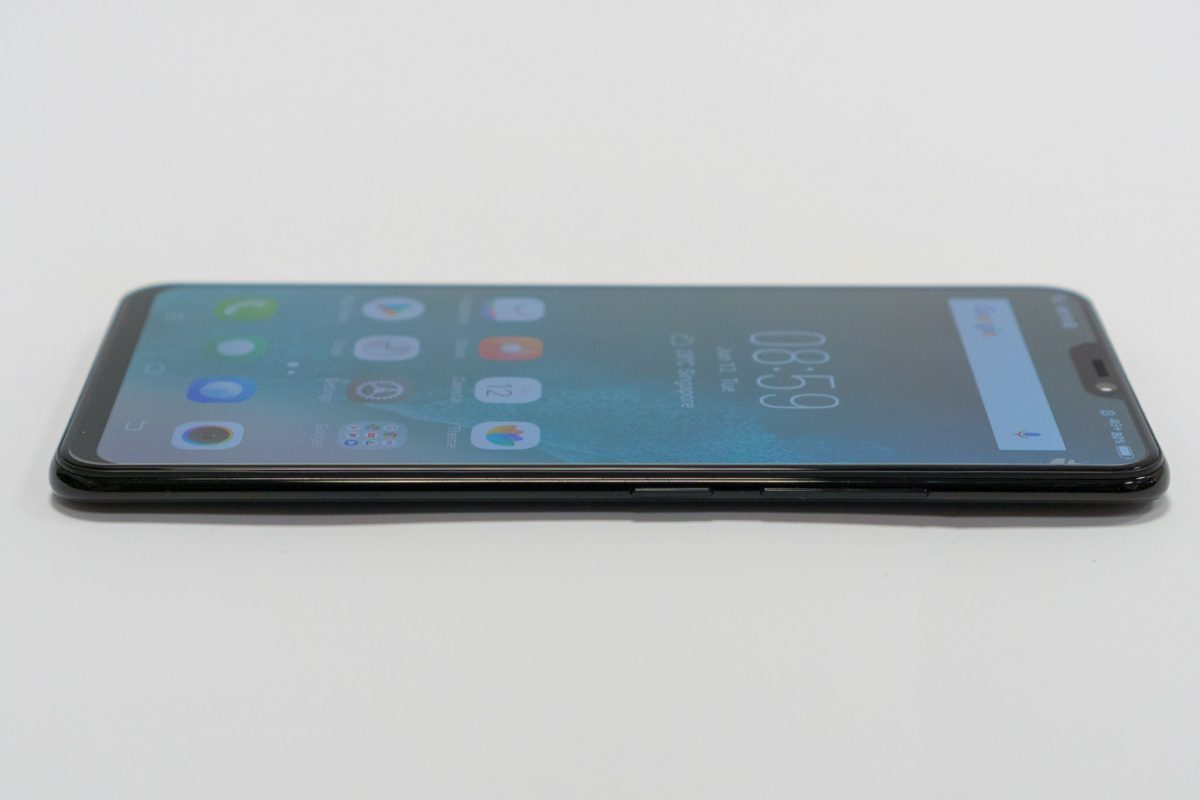
The SIM tray that is often on the opposite side of the power buttons in most smartphones is on the bottom of the Vivo X21. The tray holds two nano-SIM cards, and you have the option of putting a microSD card in place of the second nano-SIM if you need more storage.
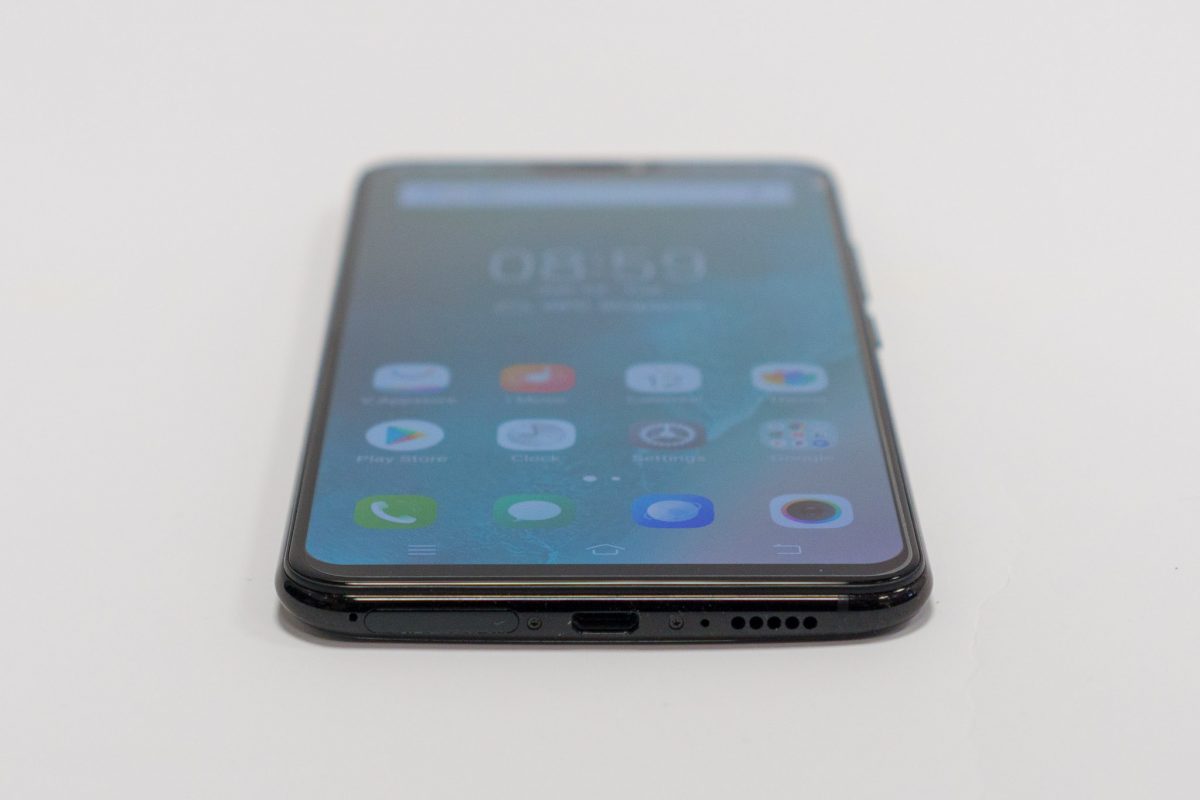
There’s Micro-USB port in the centre for charging, and the speaker grill on the other side of it. I wished Vivo had gone with USB Type-C. The X21 does support fast-charging at 2 A, though in 2018 some might not consider this fast enough. Despite a glass back, the Vivo didn’t take the opportunity to incorporate wireless charging into the X21.
The Vivo X21 offers a 3.5 mm headphone jack on the top of the smartphone. This is nowadays a noteworthy feature to mention, especially for anyone who still prefers to use wired headphones.
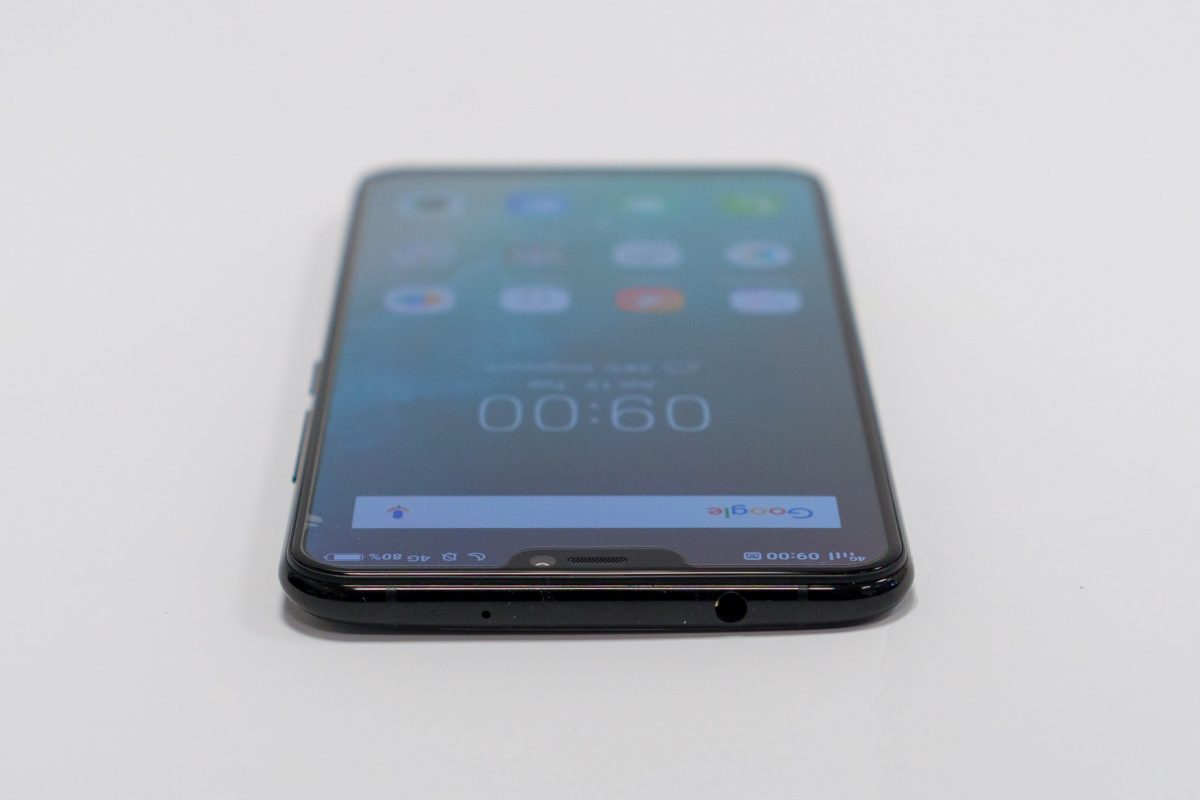
Around on the glass back of the Vivo X21, you’ll find a dual camera setup. The X21 features a 12 MP dual pixel sensor and f/2.8 lens paired with a 5 MP sensor and f/2.4 lens. It uses phase-detection auto-focus, and has a LED flash.
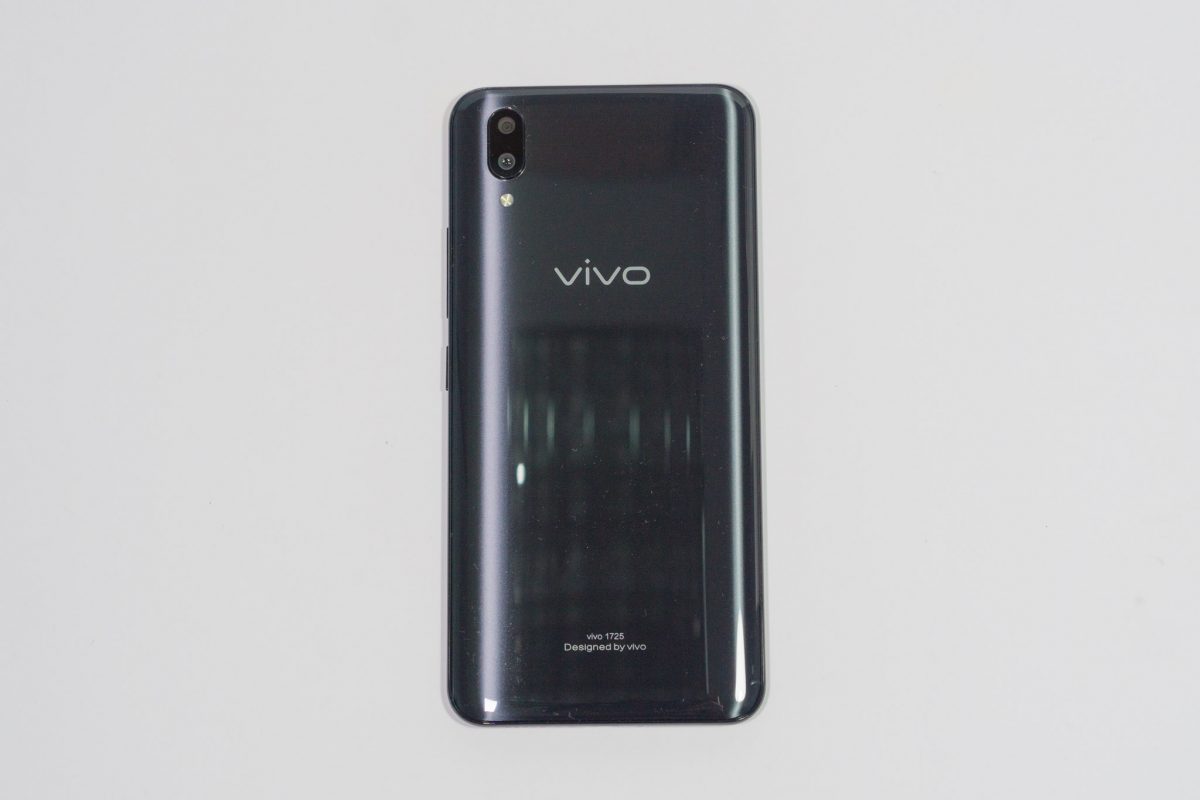
AI-powered photography is a big thing this year, and with Vivo’s marketing taglines like “AI Short, Perfect Shot”, you can expect the X21 to shoot pretty good photos. The X21’s camera app has all the obligatory features, including portrait mode, panorama, face beauty, HDR, etc. You also have the option of a full manual mode. Vivo uses AI algorithms to detect 140 different scenarios such as portraits, food, and plats, in order to actively adjust photography settings to achieve the best photos.
Speaking of cameras, the Vivo X21 also supports face unlock. You’ll have to wake the screen first before the X21 will start scanning for a face to recognise. The facial recognition works very well in my tests, with the X21 successfully declining to unlock when my eyes were closed, or when I presented an image of my face.
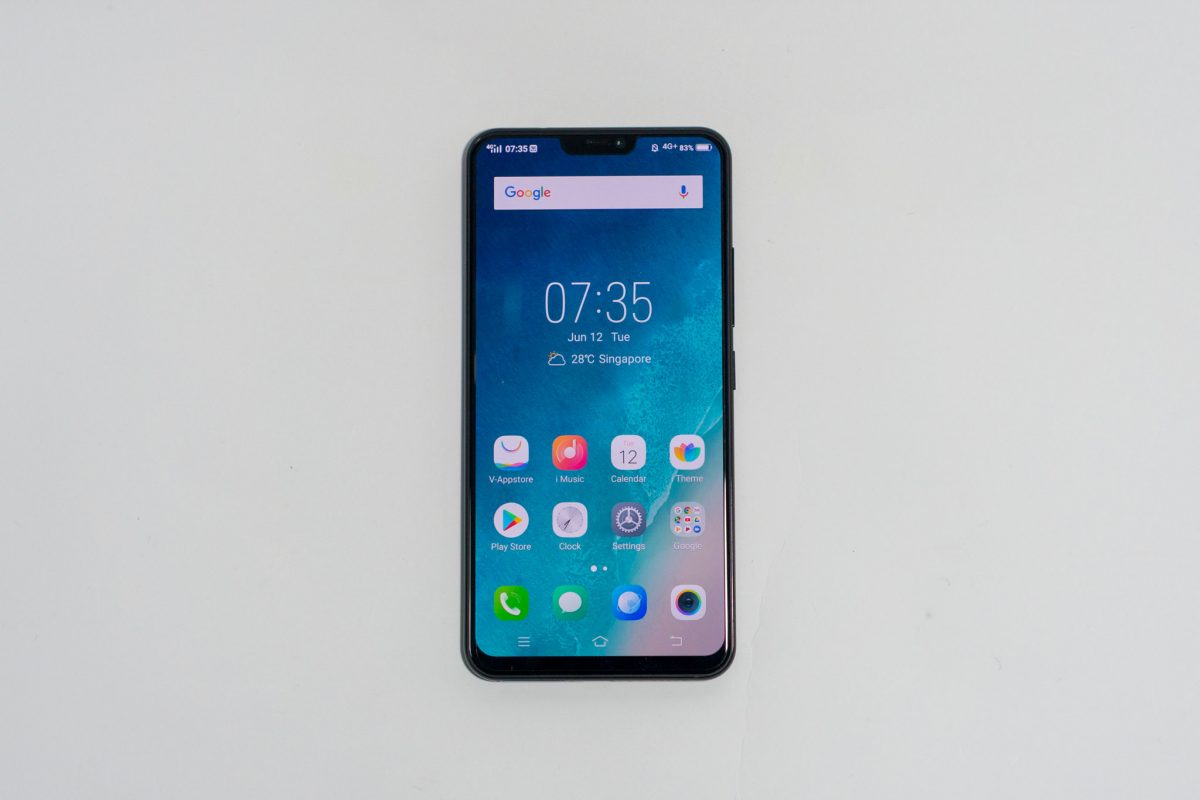
Under the hood, the Vivo X21 is powered by the Qualcomm Snapdragon 660 with 6 GB of RAM and 128 GB of storage. Vivo’s choice to put the Snapdragon 660 on the X21 may place this smartphone in the mid-tier range, at least in the eyes of some users. In day-to-day casual use, I don’t find the X21 sluggish, and the Snapdragon 660 does perform well enough in this regard. Benchmark tests from Geekbench 4 put the Vivo X21 somewhat on par with the OPPO R15, which uses the MediaTek Helio P60 processor.
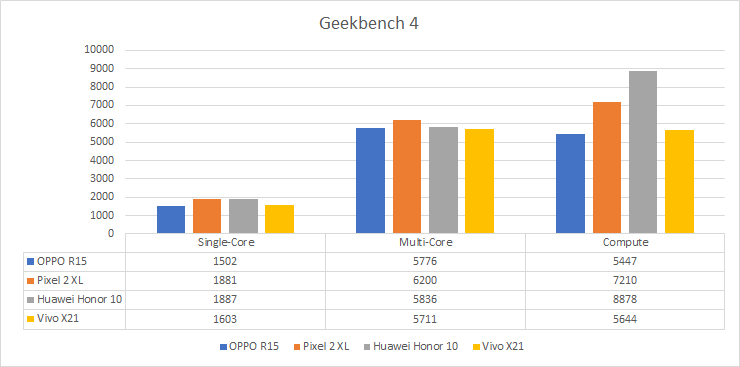
Battery capacity in the Vivo X21 is rated 3200 mAh. It scored 4170 on the Geekbench 4 battery test, which even outperforms the OPPO R15’s pretty good score. With casual use, the X21 should have no trouble getting you through a whole day with some to spare.
For connectivity, the Vivo X21 supports 4G LTE cellular, dual-band 802.11a/b/g/n/ac Wi-Fi with 2×2 MIMO, Bluetooth 5.0, and GPS for positioning (GLONASS supported too). There is no NFC, unfortunately.
The Vivo X21 runs the company’s own Funtouch OS, which is based on Android 8.1.0. This has an iOS-like kind of experience, something which I’m not particularly fond of, but could perhaps get used to over time. In the case of Funtouch OS on the X21, however, Vivo has made some strange changes. For example, in most flavours of Android, the quick settings are part of the notification drawer which you access with a swipe down from the top, but the X21 needs you to swipe up from the bottom of the screen. I had to Google search to find out how to get to the quick settings.
My overall impression of Funtouch OS is that it still needs a bit more work. There are odd quirks with the user experience. It’s workable, of course, but workable is not enough these days.
The main features I miss with the Vivo X21 is some form of water ingress protection (i.e. water-resistance). It’s nice to not have to worry about water damage when using my smartphone around water. Also with contactless smartphone payments getting more prevalent, I do wish the X21 had NFC support too.
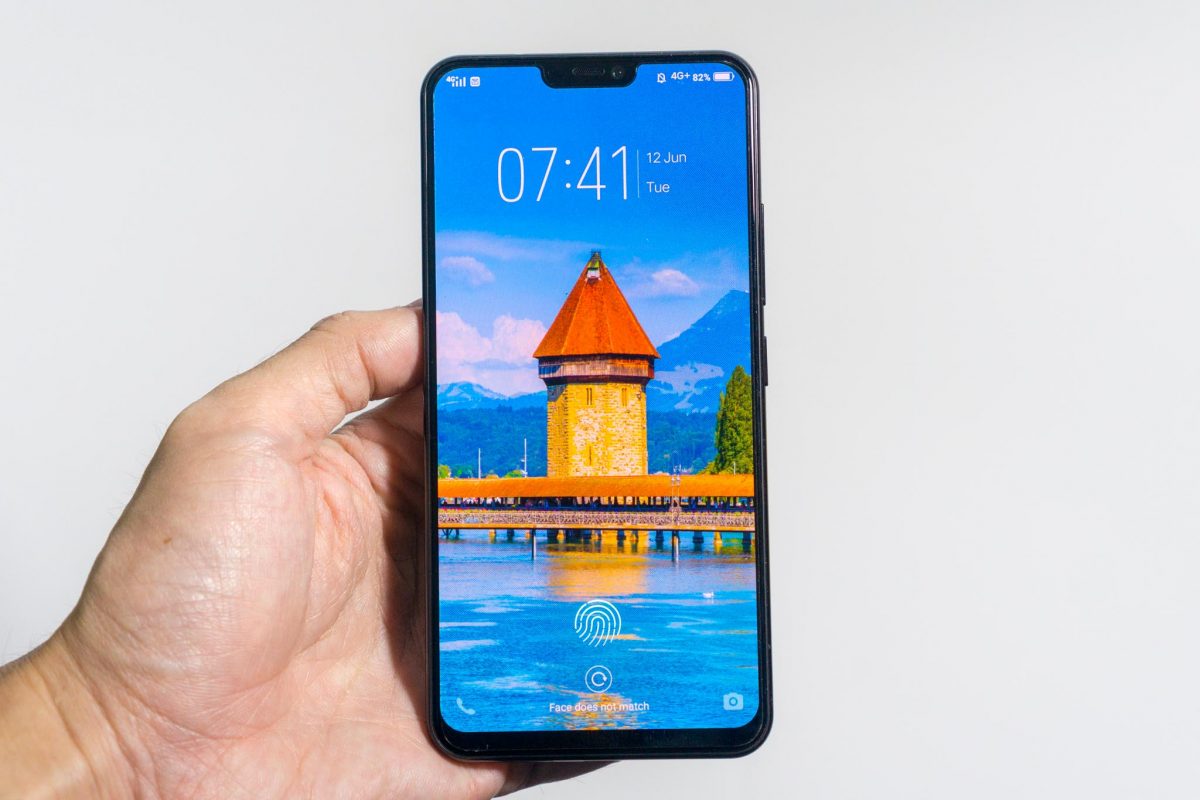
If the in-display fingerprint sensor is something you must have, and I admit it is certainly a cool feature, the Vivo X21 is the only smartphone with that feature right now. Despite some misses, and it also won’t hurt to have a more capable Snapdragon chip in there, the X21 is otherwise a very well-built, capable, smartphone.
The Vivo X21 retails at S$799, and it’s available from M1, StarHub, and authorised dealers including Challenger and Newstead Technologies.
Conclusion
The Vivo X21 checks all the boxes for a 2018 flagship smartphone, and adds on an impressive in-display fingerprint sensor that is the first of its kind.
Pros:
- Beautiful design, thin and light
- All-screen, vibrant display
- In-display fingerprint sensor
- Face unlock
Cons:
- No USB Type-C
- No NFC
- Not water-resistant
Wow, what a screen! And the fingerprint sensor looks very cool too! Do you know if this phone will be available in Europe?